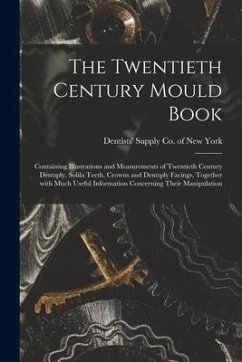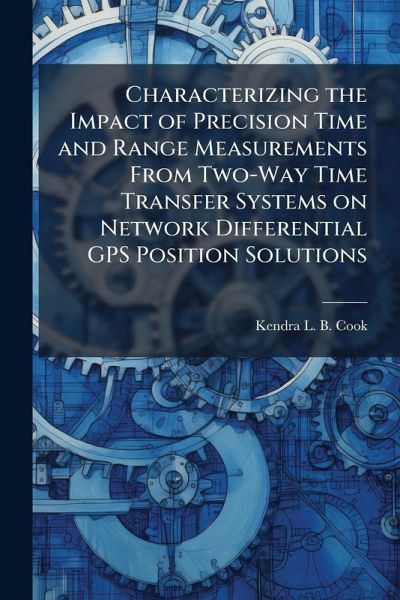
Characterizing the Impact of Precision Time and Range Measurements From Two-Way Time Transfer Systems on Network Differential GPS Position Solutions

PAYBACK Punkte
9 °P sammeln!
Precise positioning plays an important role for both military and civilian users, from cell phones and OnStar to precision munitions and swarms of UAVs. Many applications require precise relative positioning of a network of vehicles (such as aircraft, tanks, troops, etc). Currently, the primary means for performing precise positioning is by using the Global Positioning System (GPS), and although GPS has become commonplace in today's society, there are still limitations affecting the system. Recent advances in dynamic Two-Way Time Transfer (TWTT) have potentially provided a means to improve pre...
Precise positioning plays an important role for both military and civilian users, from cell phones and OnStar to precision munitions and swarms of UAVs. Many applications require precise relative positioning of a network of vehicles (such as aircraft, tanks, troops, etc). Currently, the primary means for performing precise positioning is by using the Global Positioning System (GPS), and although GPS has become commonplace in today's society, there are still limitations affecting the system. Recent advances in dynamic Two-Way Time Transfer (TWTT) have potentially provided a means to improve precise relative positioning accuracy over differential GPS (DGPS)-only approaches. TWTT is a technique in which signals are simultaneously exchanged between users. This work has been selected by scholars as being culturally important, and is part of the knowledge base of civilization as we know it. This work was reproduced from the original artifact, and remains as true to the original work as possible. Therefore, you will see the original copyright references, library stamps (as most of these works have been housed in our most important libraries around the world), and other notations in the work. This work is in the public domain in the United States of America, and possibly other nations. Within the United States, you may freely copy and distribute this work, as no entity (individual or corporate) has a copyright on the body of the work. As a reproduction of a historical artifact, this work may contain missing or blurred pages, poor pictures, errant marks, etc. Scholars believe, and we concur, that this work is important enough to be preserved, reproduced, and made generally available to the public. We appreciate your support of the preservation process, and thank you for being an important part of keeping this knowledge alive and relevant.



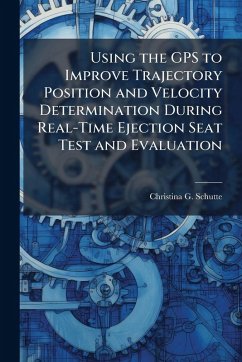
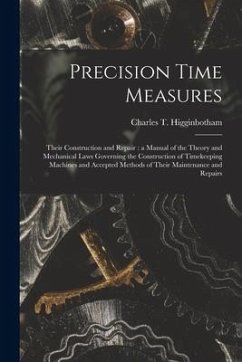

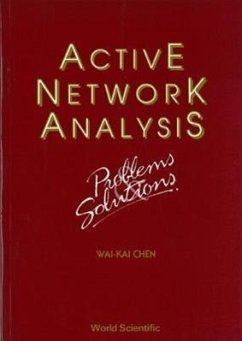
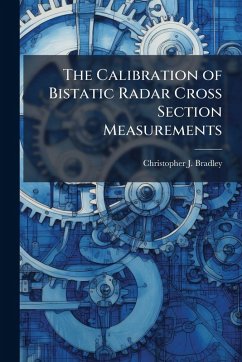
![The Menominee Iron Range [microform]: From Its Genesis to Its Revelation Cover The Menominee Iron Range [microform]: From Its Genesis to Its Revelation](https://bilder.buecher.de/produkte/66/66133/66133423n.jpg)
![Results of Measurements of the Water Consumption of an Unjacketed 1600 Horse Power Compound Harris-Corliss Engine [microform] Cover Results of Measurements of the Water Consumption of an Unjacketed 1600 Horse Power Compound Harris-Corliss Engine [microform]](https://bilder.buecher.de/produkte/65/65526/65526834n.jpg)
![On the Location and Examination of Magnetic Ore Deposits by Magnetometric Measurements [microform] Cover On the Location and Examination of Magnetic Ore Deposits by Magnetometric Measurements [microform]](https://bilder.buecher.de/produkte/65/65622/65622879n.jpg)
![Notes on the Stowage of Ships [microform]. A Handy Book Upon the Stowage of Cargoes, With Weights and Measurements Cover Notes on the Stowage of Ships [microform]. A Handy Book Upon the Stowage of Cargoes, With Weights and Measurements](https://bilder.buecher.de/produkte/65/65619/65619446n.jpg)
